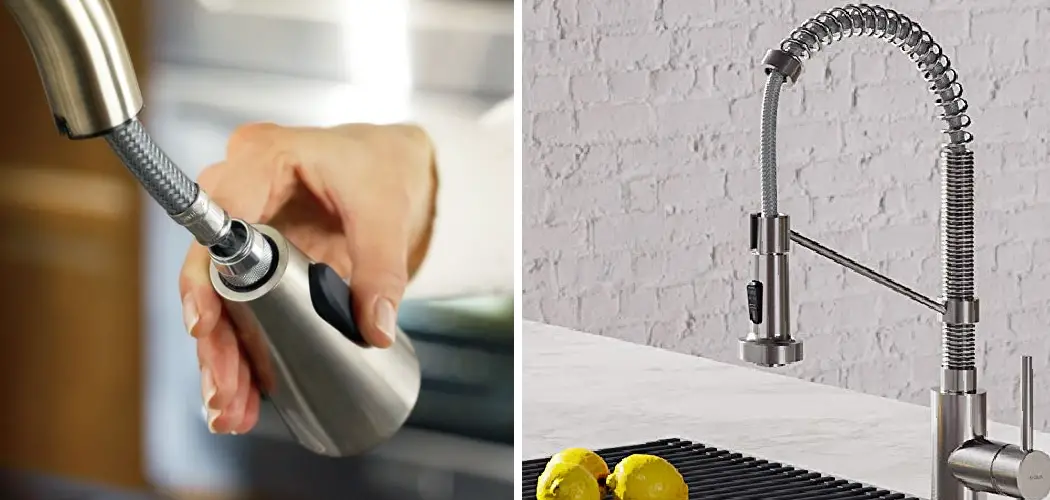Connecting a portable dishwasher to a pull-down faucet can be a convenient solution for those seeking a temporary or adaptable dishwashing setup. While pull-down faucets are typically designed for standard kitchen tasks, they can also accommodate the needs of a portable dishwasher. This guide will walk you through the step-by-step process of how to connect portable dishwasher to pull-down faucet.
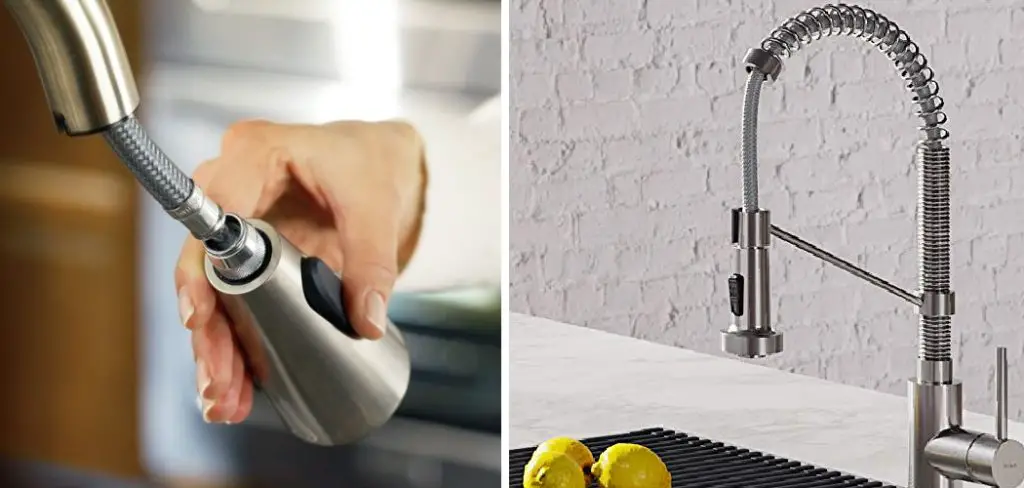
From selecting the appropriate adapter to ensuring a secure connection, you’ll gain insights into how to effectively optimize your pull-down faucet for dual use. Whether you’re dealing with limited space, rental accommodations, or simply looking for versatility, this guide will empower you to make the most of your kitchen setup without compromising on convenience.
Benefits of Using a Portable Dishwasher
There are several benefits to using a portable dishwasher in your kitchen. First and foremost, it saves time and energy. Instead of spending hours washing dishes by hand, you can simply load them into the dishwasher and let it do the work for you.
This frees up time for other activities and reduces the physical strain of washing dishes.In addition to saving time, portable dishwashers are also more efficient than hand washing. They use less water and energy to clean a full load of dishes, making them a more environmentally friendly option. This can also result in cost savings on your utility bills.
Choosing the Right Portable Dishwasher for Your Kitchen
When selecting a portable dishwasher for your kitchen, there are several factors to consider. First, you’ll want to determine the size of the dishwasher that will best fit your space. Measure the available space in your kitchen and choose a dishwasher that will fit comfortably.
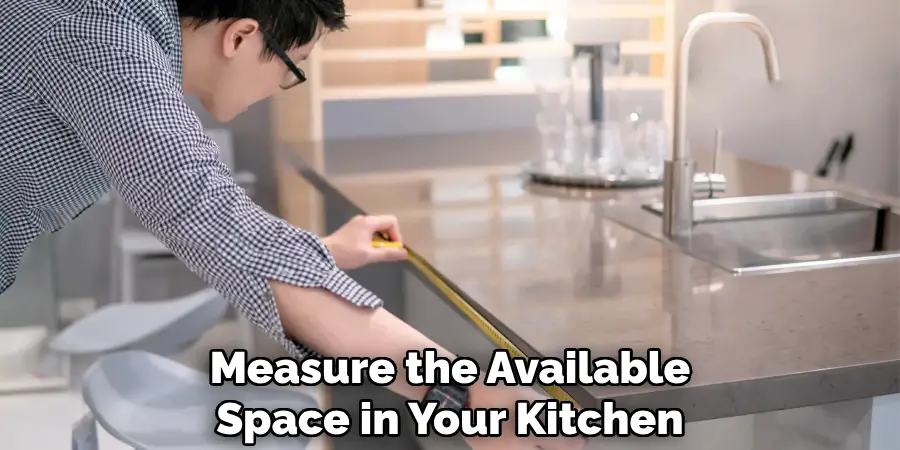
Next, consider the capacity of the dishwasher. This refers to how many place settings it can hold. If you have a large family or frequently entertain guests, you may want to choose a dishwasher with a larger capacity.
Popular brands and models to consider include the Danby DDW621WDB, SPT SD-9241W, and EdgeStar DWP62BL. These models are known for their reliability and performance.
Understanding the Pull-Down Faucet Connection
The connection between a portable dishwasher and a pull-down faucet is relatively simple. Most portable dishwashers come with a faucet adapter that allows you to connect the dishwasher hose to the faucet. The adapter typically screws onto the faucet and provides a secure connection for the dishwasher hose.
One of the benefits of using a pull-down faucet for your portable dishwasher is the flexibility it provides. The hose can be easily maneuvered to fill the dishwasher with water and direct the water flow where it is needed. This makes it easier to ensure that all dishes are thoroughly cleaned.
Tools and Materials Needed for Connecting Your Portable Dishwasher
To connect your portable dishwasher to a pull-down faucet, you will need the following tools and materials:
– Portable dishwasher faucet adapter: This is typically included with the dishwasher, but if not, you can purchase one separately.
– Adjustable wrench: This will be used to tighten the faucet adapter onto the faucet.
– Teflon tape: This will help create a watertight seal between the faucet adapter and the faucet.
– Dishwasher hose: This is included with the dishwasher and connects the dishwasher to the faucet adapter.
– Bucket or large container: This will be used to catch any water that may leak during the connection process.
Before starting the process, it’s important to gather all of these tools and materials to ensure a smooth installation.
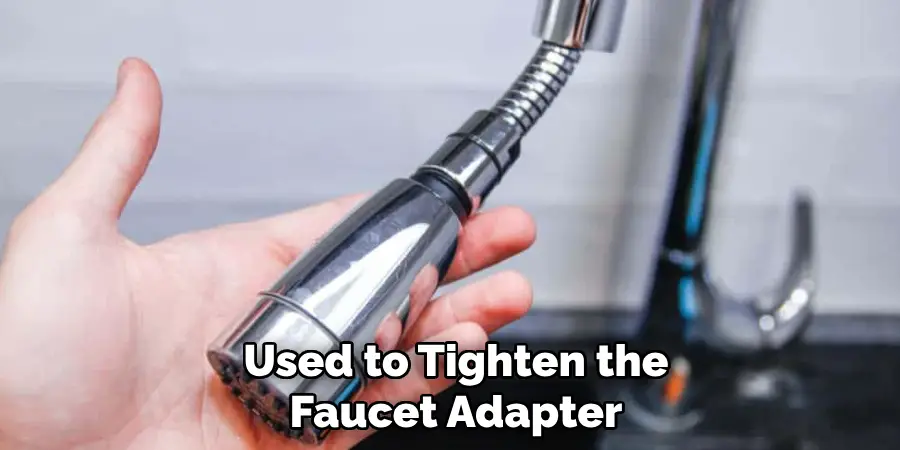
10 Steps How to Connect Portable Dishwasher to Pull-down Faucet
Step 1: Gather the Necessary Supplies
Before you start, ensure you have all the tools and materials required for a successful connection. These may include a portable dishwasher, a pull-down faucet with a removable aerator, a dishwasher connector kit, plumber’s tape, pliers, and a bucket.
Step 2: Understand Your Faucet
Pull-down faucets come in various designs, so understanding how your specific faucet works is crucial. Take note of the type of aerator it uses and whether it can be easily removed.
Step 3: Turn Off the Water Supply
For safety, turn off the water supply to your faucet. This prevents water flow while you work on the connection. Locate the shut-off valves beneath the sink and turn them clockwise to close.
Step 4: Remove the Aerator
If your pull-down faucet has an aerator at the end, carefully remove it using pliers. Wrap the jaws of the pliers with a cloth to protect the aerator’s finish while gripping it.
Step 5: Prepare the Adapter
Check your dishwasher connector kit for the appropriate adapter that fits your faucet. Apply plumber’s tape to the threads of the adapter to ensure a watertight seal.
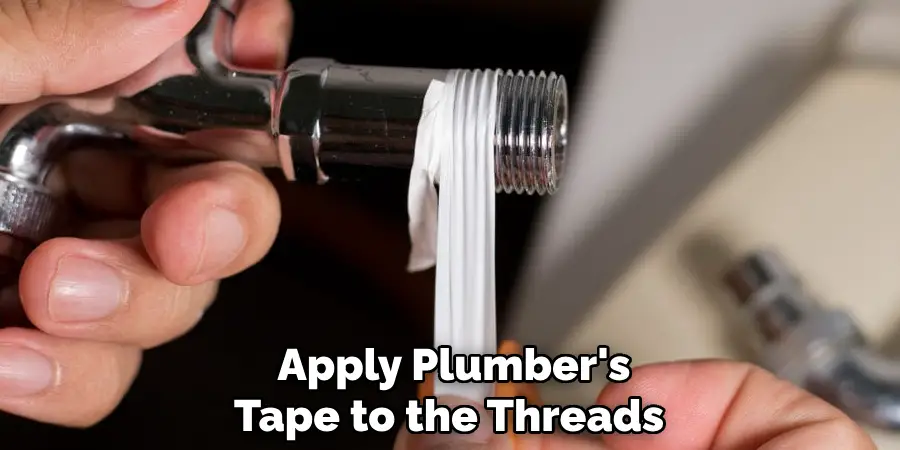
Step 6: Attach the Adapter
Screw the adapter onto the faucet’s spout or where the aerator was located. Tighten it securely but avoid over-tightening to prevent damaging the faucet.
Step 7: Connect the Dishwasher Hose
The dishwasher connector kit should include a hose that connects to the adapter. Attach one end of the hose to the adapter and secure it tightly.
Step 8: Attach the Other End
The other end of the hose should connect to the dishwasher’s water inlet. Follow the manufacturer’s instructions for your portable dishwasher model to ensure a proper connection.
Step 9: Secure the Connection
Double-check all connections to ensure they are tight and secure. Run your fingers along the hose and adapter to confirm there are no leaks or loose parts.
Step 10: Test and Monitor
With the connections secured, turn on the water supply and run a test cycle on your portable dishwasher. Watch closely for any leaks or unusual behaviors. Monitor the connection over the next few cycles to ensure it remains secure and leak-free.
Bonus Step: Use an Anti-Siphon Device (Optional)
To prevent backflow of wastewater into your faucet’s water supply, consider using an anti-siphon device. This device is often included in dishwasher connector kits and provides an extra layer of protection.
Troubleshooting Common Issues with Portable Dishwasher Connections
While connecting a portable dishwasher to a pull-down faucet is generally a straightforward process, there may be some common issues that arise. Here are some tips for troubleshooting these issues:
– Leaks: If you notice any leaks during the connection process, check that all connections are tight and secure. If necessary, use an adjustable wrench to tighten them further. If the leaks persist, you may need to replace the faucet adapter or dishwasher hose.
– Low water pressure: If you experience low water pressure when using your portable dishwasher, check that the faucet is fully open and not restricted in any way. You may also want to clean the aerator on the faucet to remove any debris that may be causing a blockage.
– Incompatible faucet: In some cases, the faucet adapter included with your portable dishwasher may not be compatible with your pull-down faucet. If this is the case, you may need to purchase a different adapter that is compatible with your specific faucet.
If you are unable to resolve any issues with your portable dishwasher connection, it may be necessary to call a professional plumber for assistance.

Maintenance Tips for Your Portable Dishwasher and Pull-Down Faucet
To keep your portable dishwasher and pull-down faucet in good condition, there are a few maintenance tasks you should perform regularly.
For the dishwasher, it’s important to clean the filter regularly to prevent clogs and ensure optimal performance. You should also wipe down the interior of the dishwasher and remove any food debris that may have accumulated.
As for the pull-down faucet, you should clean the aerator regularly to remove any mineral deposits that may affect water flow. You should also check for any leaks or drips and repair them promptly to prevent further damage.
Alternative Dishwashing Solutions for Small Kitchens
While portable dishwashers are a great solution for small kitchens, there may be situations where they are not feasible. In these cases, there are alternative options available.
One option is a countertop dishwasher, which is a smaller version of a portable dishwasher that sits on the countertop. These dishwashers are compact and can be easily connected to the kitchen faucet.
Another option is a dish drying rack, which allows you to wash dishes by hand and then place them on the rack to dry. This can be a good option for those who prefer to wash dishes manually but still want a convenient way to dry them.
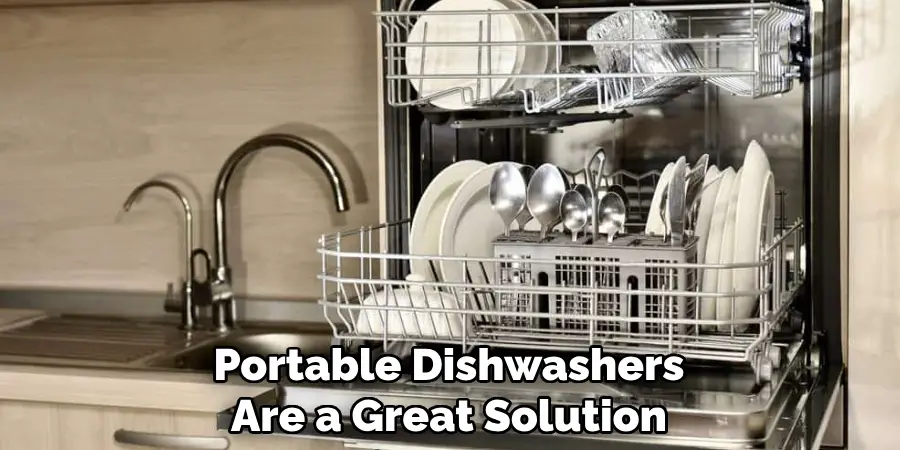
Things to Consider When Connection Portable Dishwasher to Pull-down Faucet
When connecting a portable dishwasher to a pull-down faucet, there are several things to consider in order to ensure adequate water flow and pressure. It is important to know the specifications of your particular model as well as the size of your sink before attempting this installation. Here are some tips that will help make the process easier:
- Measure the distance from the faucet to the back of your sink, as well as how much room water needs to travel up the sink’s wall.
- Make sure that you have all of the necessary connectors and fittings for making a connection between your dishwasher and pull-down faucet.
- If possible, use existing water lines going into the sink rather than having to reroute them.
- Make sure that your faucet has enough clearance for the dishwasher’s hose connection and spray arm.
- If needed, adjust the size of the hole in the sink or add a new one to accommodate your portable dishwasher connections.
Some Common Mistakes to Avoid When Connecting a Portable Dishwasher to a Pull-down Faucet
Before you begin the project, it’s important to be aware of potential pitfalls that can occur when connecting your portable dishwasher to a pull-down faucet. Here are some common mistakes to avoid:
- Not Measuring Your Sink – Always measure your sink prior to purchasing a dishwasher and make sure the appliance will fit.
- Not Installing the Adapter Properly – Make sure your adapter is firmly and securely attached, or else you may experience leakages later on.
- Not Checking Your Pressure Levels – If the water pressure is too low, it can cause insufficient cleaning results. Be sure to check that your water pressure levels are within the correct range before connecting your dishwasher.
- Not Cleaning Your Faucet – If you don’t clean and sanitize the faucet beforehand, it can lead to bacteria and other issues with your dishwasher’s performance.
- Forgetting to Remove the Aerator – Make sure to unscrew and remove the aerator before connecting your dishwasher.
- Not Using the Right Hardware – Make sure to use all the right hardware components and accessories for a secure connection.
- Not Tightening Connections Enough – To prevent any leaks, be sure to tighten all connections firmly with pliers or an adjustable wrench.
- Not Double-Checking for Leaks – After all of the connections are tightened, test for any possible leaks by running your dishwasher with water.
- Not Cleaning and Maintaining Your Dishwasher – Finally, it’s important to regularly clean and maintain your dishwasher to ensure its continued performance.
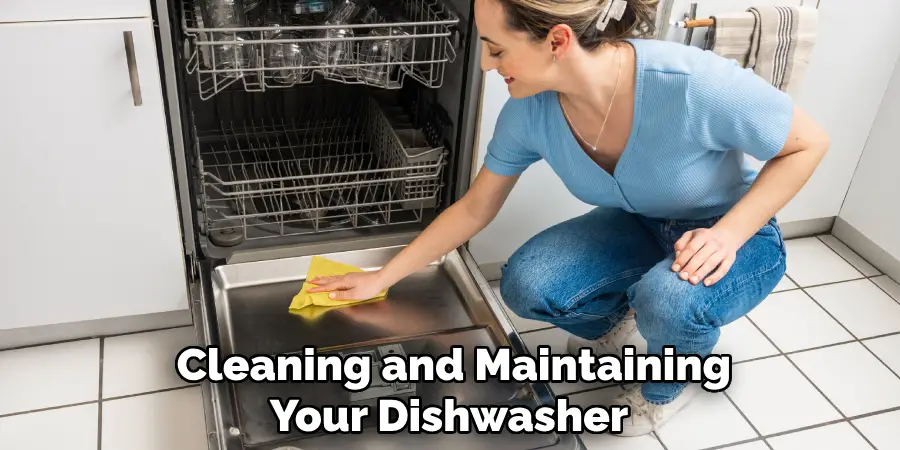
By avoiding these common mistakes when connecting a portable dishwasher to a pull-down faucet, you can be sure that your appliance will be working properly. With all the right steps taken, you’ll soon have a functional and effective dishwasher.
Conclusion
With a few simple steps, you can now successfully connect your portable dishwasher to the pull-down faucet in your kitchen. It’s an easy upgrade to make that will save you time and energy when washing dishes. Installing a portable dishwasher takes the chore out of cleanup, and now you can enjoy all of its benefits with a little bit of know-how and elbow grease.
Whether it’s a weekend project for yourself or something to do with the family, getting your hands dirty is well worth it once all of the pieces are connected. So go ahead—give it a try! You’ll find that figuring out how to connect portable dishwasher to pull-down faucet not only saves time but also helps keep your kitchen tidy.

